Renault has confirmed full specifications for its three new hybrid models – the Clio, Megane Sport Tourer and Captur E-Tech versions. On sale now, these offer an interesting route into hybrid ownership for people who don’t necessarily want a large car, and we’ve driven all three ahead of UK deliveries starting.
The Clio’s only rival as a hybrid supermini is the Toyota Yaris, for example, while the Captur Plug-in goes head to head with large SUVs such as the Vauxhall Grandland X Hybrid4 or the Mitsubishi Outlander PHEV.
The Megane Sport Tourer plug-in isn’t alone, though the market is far from saturated. Kia’s Ceed SW PHEV is very similar in size, price and on-paper benefits, but it’s not as engaging, and the Volkswagen Golf GTE provides a sportier rival should a hatchback be sufficient.
What’s special about Renault’s hybrid system?
The French brand has taken a different approach to any other manufacturer when it comes to incorporating hybrid technology into these two models. Instead of using a continuously variable transmission, Renault’s gone with a Formula 1-inspired clutchless multi-mode gearbox that’s so clever it’s protected by more than 150 patents.
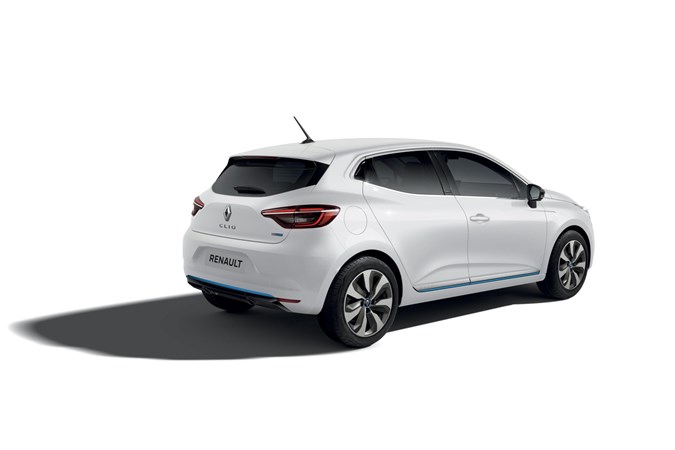
It’s paired up to a large and a small electric motor which work in tandem to provide – in theory – seamless switchover between the two power sources.
The engine itself is a 1.6-litre petrol engine that will be familiar to owners of the Dacia Duster. Altogether, the system produces 140hp in the Clio and 160hp in the Captur.
How efficient is the Clio E-Tech?
Renault claims the Clio will return 64.2mpg and 98g/km on the combined WLTP cycle. That’s second only to the 1.5-litre diesel in the range in terms of fuel economy, but the hybrid is significantly more powerful and should also prove more efficient in shorter, town-based journeys.

Helping this along is the car’s ability to travel at speeds of up to 38mph in all-electric mode, aiding smooth inner-city travel. In fact, Renault says around 80 per cent of urban journeys are undertaken on battery power alone.
The low CO2 also contributes to a low BIK rate of just 22 per cent for 2020/2021.
How does the Clio E-Tech drive?
It’s brilliant. At least in left hand drive form, which is enough to judge the power delivery. Because the battery is relatively light, and a lot of work went into making the fifth-generation Clio lighter in the first place, the balance is still small-car engaging rather than ponderous, and it has a smooth, controlled ride that absorbs road imperfections well without being wallowy.
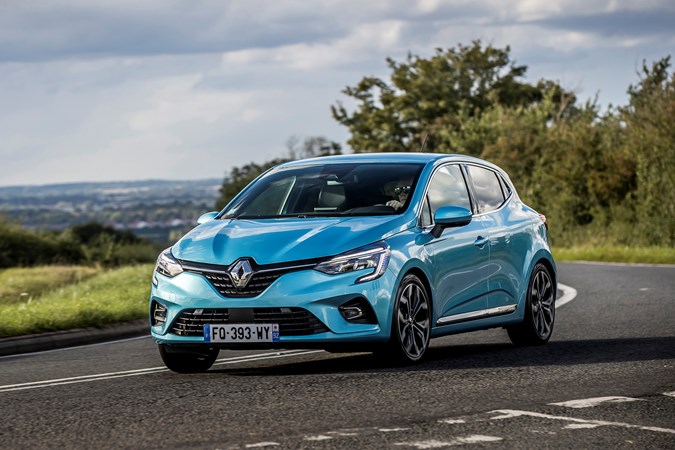
Thanks to the integrated motors, pulling away and parking manouevers are smooth, and the Clio’s quiet too, making little fuss as it goes around town. It’s not just an urban runabout though. This is – for now, at least – the most powerful Clio you can get, and fans of the previous RenaultSport models can at least appreciate some of that DNA in the E-Tech.
Escape to the country and the torquey, responsive engine and sophisticated gearbox are complemented by the well-weighted brakes and steering, allowing a bit of warm-hatchback fun or steady, relaxed progress. The Clio E-Tech is set up very well for either approach, rather than just being focused on satisfying the needs of one kind of driver.
Regenerative braking is powerful enough to lose speed smoothly into corners and hold the car back on long downhills, charging the battery ahead of your next urban crawl, and the powerful electric motors ensure city stop/start is very refined indeed; with it off, the brakes don’t have as much of the weird ‘staged’ effort that some hybrids present. Braking feels very natural – conventional, even.
The only time the Clio is less than perfect is around 30mph, where some combination of gearbox and motor behaviour can result in an occasional jolt from the engine compartment. That transition can probably be improved with software changes, so we’ll wait until a full UK-tuned, RHD model is available to draw a final verdict.
Interior quality – better than some premium brands
Launch editions have a stunning, contrasty and soft-touch interior that puts many more expensive cars to shame. In fact, at around £10,000 less than our long-term Audi A1, the Clio E-Tech shows how a high-quality, small car interior should be done. Not only is it free of squeaks and rattles, the fit, texture and solidity of touch points like the door handles puts bigger, more expensive cars to shame.
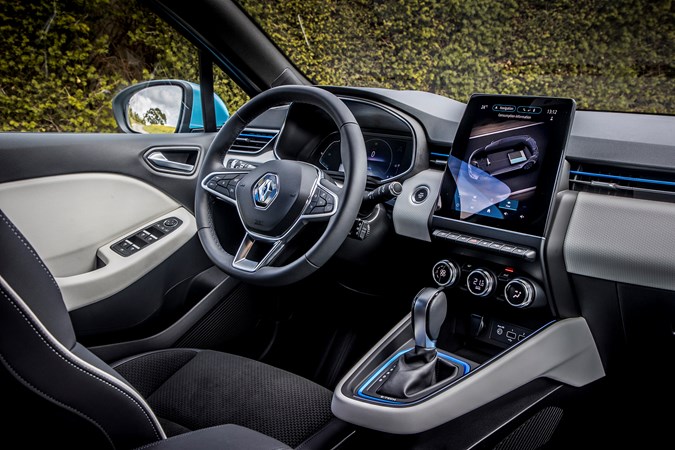
Better yet, that attention to detail is carried through to the places you can’t see normally, such as below the dashboard and under the door handles.
Practicality hasn’t suffered with the introduction of the E-Tech, either – the boot space is unchanged from the conventional Clio.
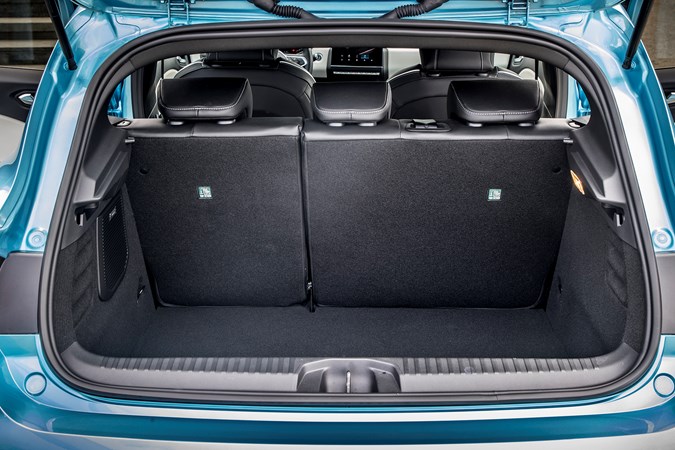
It’s possible that the UK won’t get the black and white, showstopping interior shown here. If that’s the case, it’s a shame, because it’s a real highpoint and makes the Clio E-Tech feel modern and special.
What about the Captur?
The Captur’s hybrid system is virtually identical to the Clio’s, but with a larger battery and electric motor allowing for up to 30 miles of all-electric running. In EV mode, it can reach 62mph from rest in 10.1 seconds and go on to a top speed of 84mph, so it’s possible to undertake most daily commutes as a pure EV.
The battery will charge from empty to 100 per cent in around 3 hours using a 7kW wallbox home charger – luckily, Renault’s including one for all retail customers, supplied and fitted by BP Chargemaster.
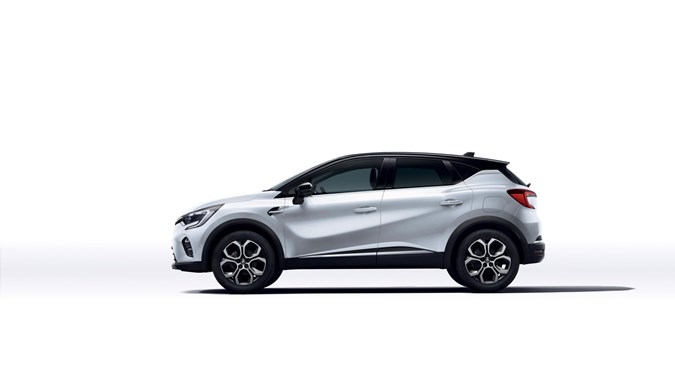
The system as a whole puts out 160hp, and under test conditions it returns up to 188.3mpg and 34g/km of CO2 – though obviously these figures are heavily dependent on the type of journey you undertake.
What’s the Captur E-Tech like to drive?
In a word, marvellous. It’s not thrilling, or imperious, it’s just deeply competent and pleasant. Thanks to reasonably slim pillars and a windscreen that’s large, but relatively distant, the Captur feels airy and spacious. This impression is bolstered by the floating gear selector, bright interior trim (we hope this remains available for UK models) and optional large sunroof (also not necessarily offered in the UK), though it’s worth noting that the Captur isn’t particularly claustrophobic with a solid roof.
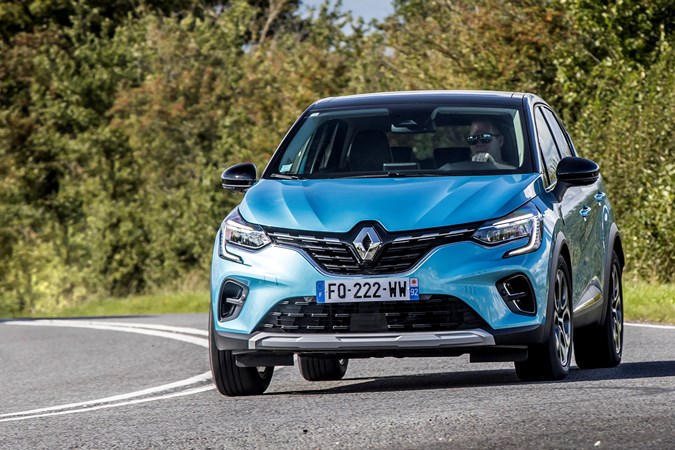
The combination of 1.6-litre petrol engine and electric motors works particularly well in the Captur, which moves off silently and unlike the Clio, has up to 30 miles of electric range on tap. EV mode is refined, benefitting from the comfortable suspension setup, and because the Captur has the stance of an SUV, the additional weight of the battery doesn’t feel out of place.
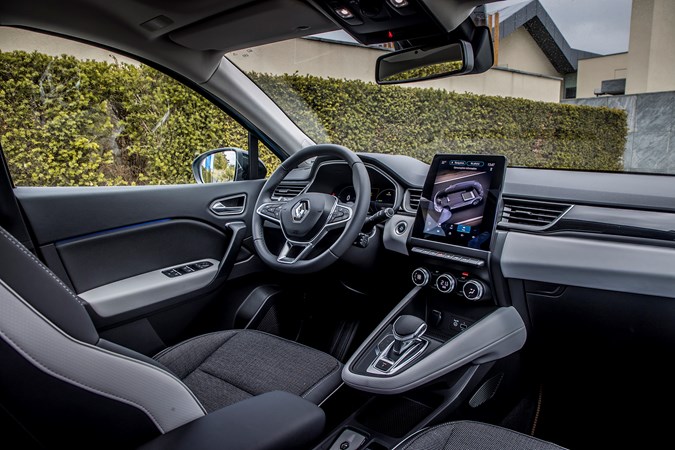
As with the Clio, the Captur’s interior quality is an area that Renault has invested heavily in – not just ‘more screws and glue’, you can see a lot of effort has gone into bringing materials, shapes and textures in that are thoroughly modern, put together with greater precision than many luxury marques.
With the caveat of left hand drive again, the driving position is perfect with supportive, but not overly bolstered seats in Launch Edition trim. There’s not a huge amounf of adjustment, but sujectively they’re very comfortable for this tester’s average build and height.
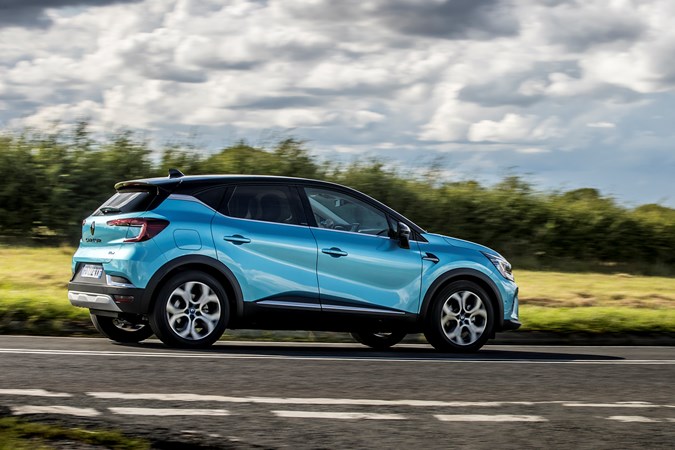
Of the three E-Tech models, the Captur also has the lowest road noise and showed no quirks in town or on the open road. As a blend of the Zoe’s mastery of electricifcation, and the Captur’s family-friendly SUV nature, it’s a complete success.
And the Megane Sport Tourer?
The Megane E-Tech makes a huge amount of sense, putting the same technology as the Captur in a sleek small estate car. Lower, lighter and more aerodynamic, the Megane achieves 217mpg on WLTP figures (always dramatic for a plug-in hybrid) and 30g/km of CO2, giving it a low BIK banding that positions it as a highly-appealing sensible company car.
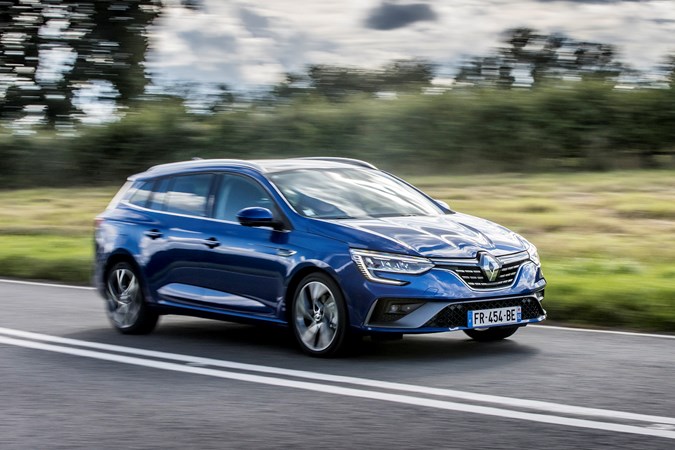
However, the Megane Sport Tourer is not the most refined of the three, and despite the sportiness of R.S. Line trim, it’s also the one that feels most conflicted, the sharp and sporty suspension and grippy, curvaceous seats implying performance that the 160hp engine and motors can’t really deliver.
Carrying an extra 200kg over the conventionally-powered equivalent according to our specs, the E-Tech’s lack of oomph is made more obvious by the appearance of the word ‘boost’ on the dashboard when asked to overtake, accompanied by little real change in pace.
Renault claim the Megane E-Tech gains just 105Kg over the standard car, but the feeling of reduced power-to-weight is very real.
Choose a less overtly-sporty trim, and the Megane E-Tech may become more cohesive as a package. Aside from thudding over drain covers and announcing cat’s eyes like a courier knocking on the door in a rainstorm, the ride is pleasantly comfortable up front.
Comfort isn’t something that applies to the back, though, where the space on offer underlines why cars like the Captur have become so popular. The Sport Tourer focuses on boot space over people-space, offering 447 litres with the seats up and a flat load floor with them folded.
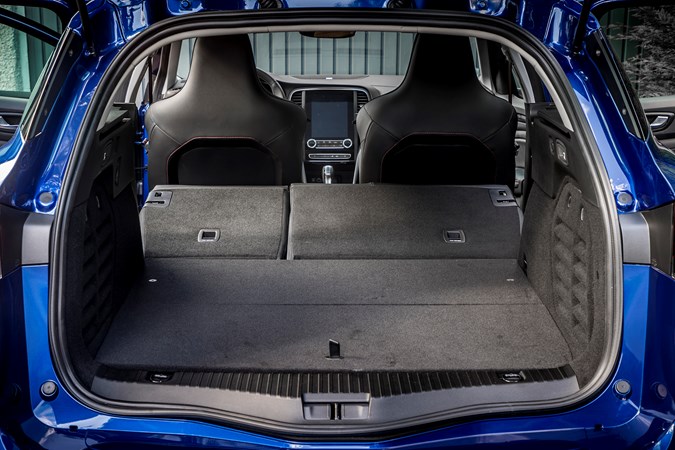
Although a bit of a mix when it comes to strengths and weaknesses, one thing the Megane Sport Tourer has in its favour is value. It’s competing with a high-spec Focus Estate or fully-loaded Skoda Scala for price, yet is technically far more advanced, has nicer trim and interior features, and is cheaper as a company car and to run on at your own expense, too.
The Iconic has 16-inch wheels and less sporty trim, and may be preferable to the R.S. Line – which costs £32,685. However, the upgraded equipment on the more expensive version includes a 9.3-inch infotainment screen, a reversing camera and autonomous emergency braking – all options you’re unlikely to want to miss out on.
What trim levels are available?
Clio E-Tech models are available across all four of the car’s standard trim levels – Play, Iconic, S Edition and R.S. Line – with a few modifications. All hybrid cars will come with a 7-inch digital dashboard in place of standard dials, in addition to blue detailing inside and out. Grey seat upholstery is unique to E-Tech models too.
The Captur Plug-in can be had as either an S Edition or a Launch Edition model. Both are well specified, with the former bringing 17-inch alloy wheels, 10-inch digital dashboard display, all-round parking sensors and reversing camera, wireless phone charging and a full suite of advanced safety tech.
Launch Edition sits at the top of the range and adds 18-inch alloy wheels, blue and copper exterior detailing, blue stitching and a white dashboard insert.
The Megane Sport Tourer is available in Iconic specification, with 16-inch wheels
Clio, Megane Sport Tourer and Captur E-Tech models are available to order now.
Further reading:
Just so you know, we may receive a commission or other compensation from the links on this website - read why you should trust us.





















